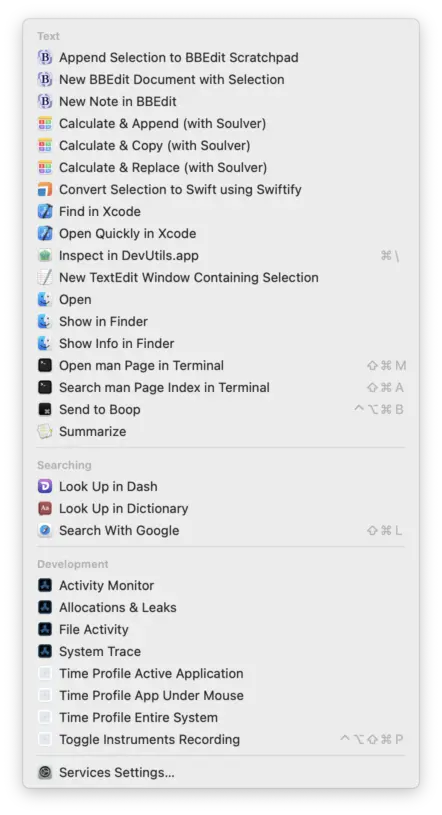URLSession performance for reading a byte stream
What’s the best way to read a stream of bytes with URLSession? That’s the simple question I set out to answer. I wrote some benchmarks. They read a 128 MiB file and perform a contrived aggregation of its content bytes (a joking “hash” of them, merely to ensure the actual reads aren’t optimised out). ⚠️… Read more


